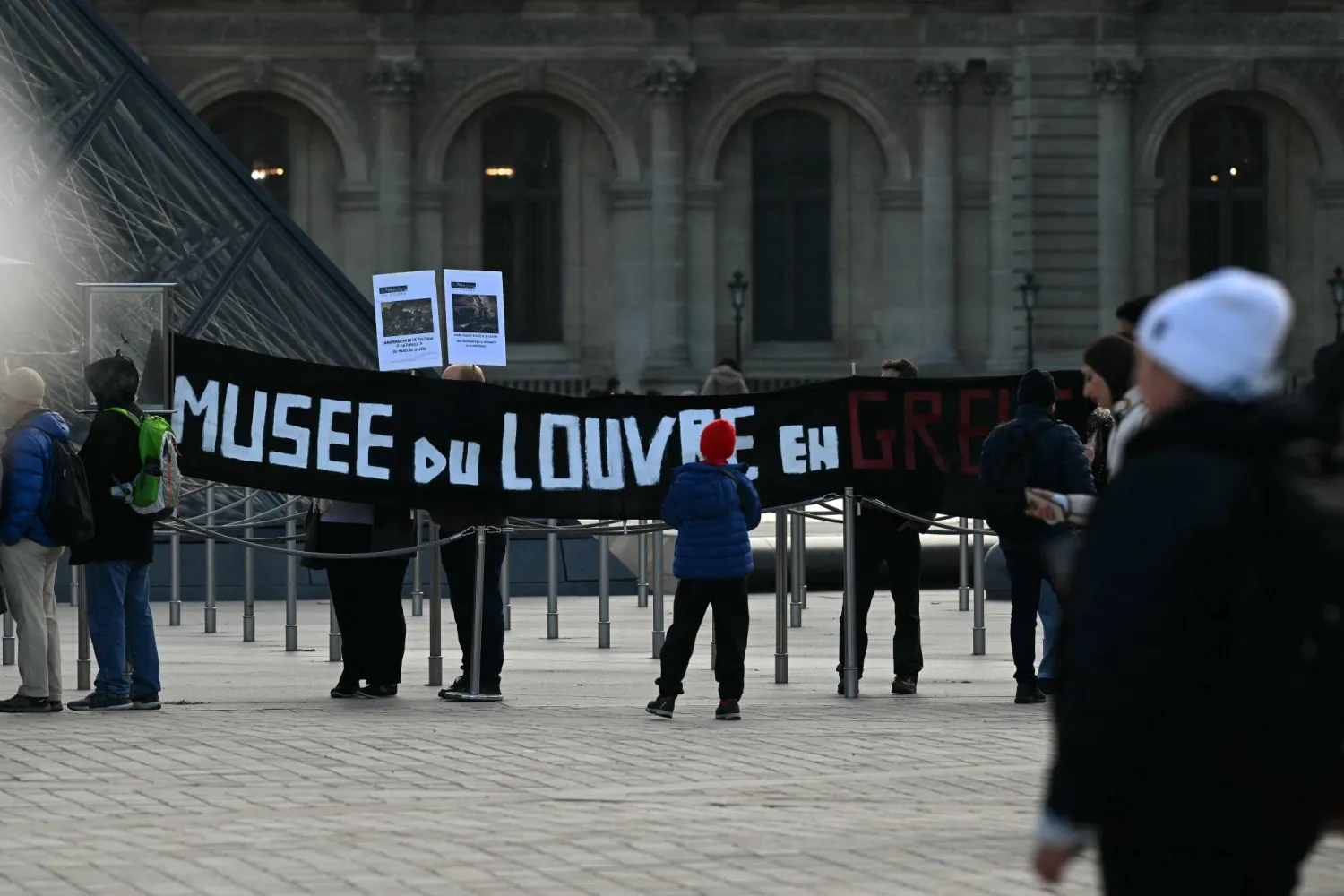Workers at the Louvre Museum voted Monday to strike over working conditions and other complaints, dealing another blow to the Paris landmark and home of the Mona Lisa after an embarrassing jewelry heist in October.
The CFDT union said the vote was taken at a meeting of 400 workers on Monday morning and that they decided to strike for the day.
The world’s most-visited museum didn’t open as scheduled and turned people away. A notice on the Louvre's website said, “the museum is closed for the moment.”
“It's really sad, because I was really looking forward to this,” said Lindsey Hall, a bitterly disappointed would-be visitor from Sacramento, California. She had been planning to enjoy the museum's huge collection of art and artifacts with a friend, describing it as “one of those life experiences you crave.”
“This is just an epic collection of art and something that every human should see,” she said. “I can see the other side of it, like if you are the person that works in the museum and how that can be, like day after day after day.”
The strike vote followed talks last week between labor unions and government officials, including Culture Minister Rachida Dati. Labor leaders said the talks had not alleviated all of their concerns about staffing and financing for the museum that welcomes millions of visitors each year.
“Visiting the museum has become an obstacle course,” said Alexis Fritche, general secretary of the culture wing of the CFDT union.
For employees, the daylight jewel heist crystallized long-standing concerns that crowding and thin staffing are undermining security and working conditions at the Louvre.
Thieves used a basket lift to reach the Louvre’s facade, forced a window, smashed display cases and fled with pieces of the French crown jewels. A Senate inquiry released last week said the thieves escaped with barely 30 seconds to spare and pointed fingers of blame at broken cameras, outdated equipment, understaffed control rooms and poor coordination that initially sent police to the wrong location.
In a statement, the CFDT said employees wants more staffing for security and to welcome visitors, improved working conditions, stable long-term budgets for the Louvre and leadership that “truly listens to staff.”
Yvan Navarro of the CGT union complained that staff numbers have continually decreased while visitor numbers have increased.
“People come to Paris to visit the museums. So the visitor numbers go up, the tariffs and the prices go up, because everything is becoming more expensive, but the salaries and the numbers of staffers don't go up so obviously you reach a point like today, a day of anger,” he said.









